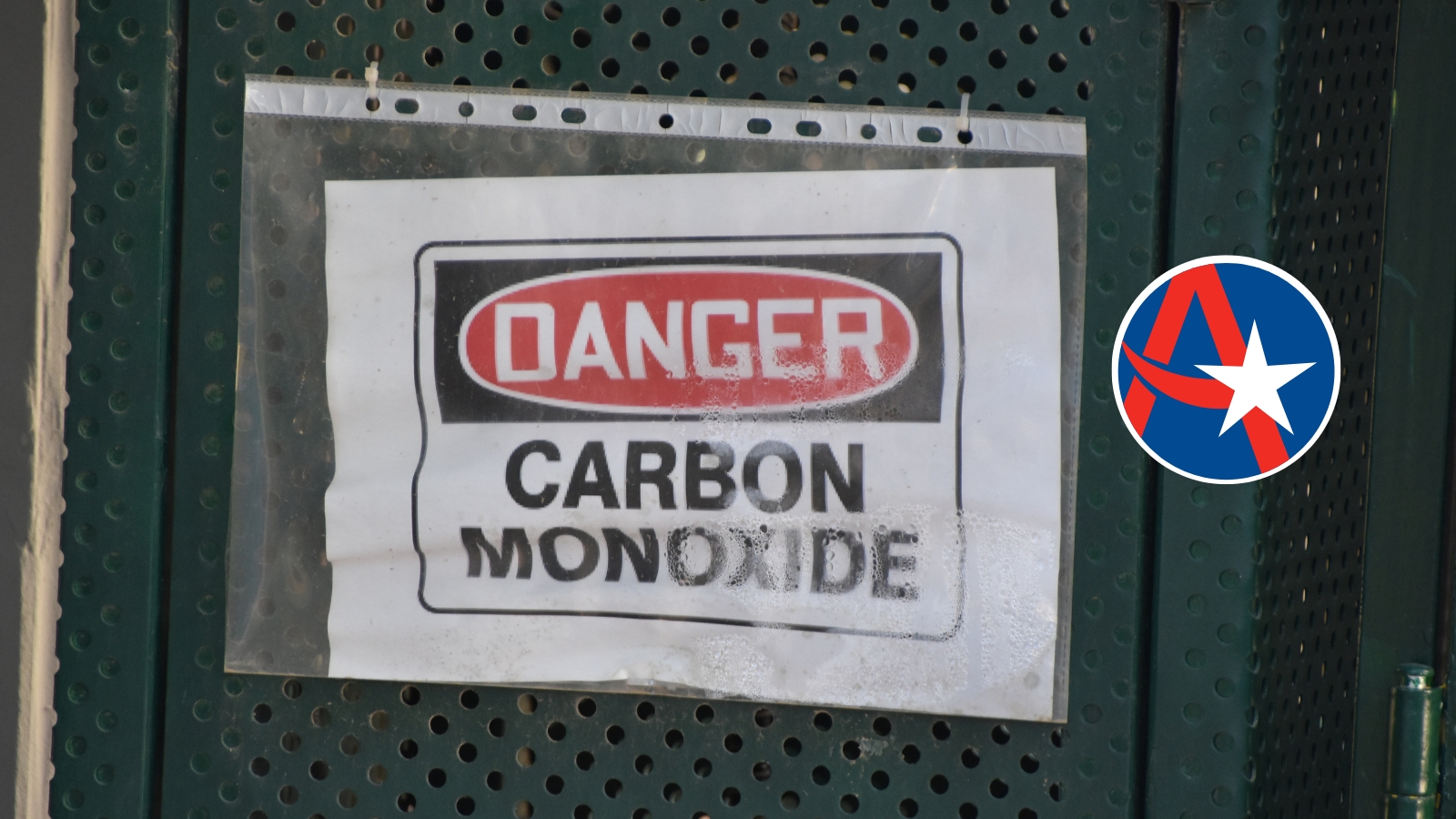- Contact Us
- Wishlist
- Register
- Login
-
0
Empty Cart?
Find Inspiration
Empty Cart?
Find Inspiration
Ensuring Carbon Monoxide Safety in the Workplace is a constant battle fought throughout the year, beyond November’s...
Read NowOur team is ready to assist with all of your needs.